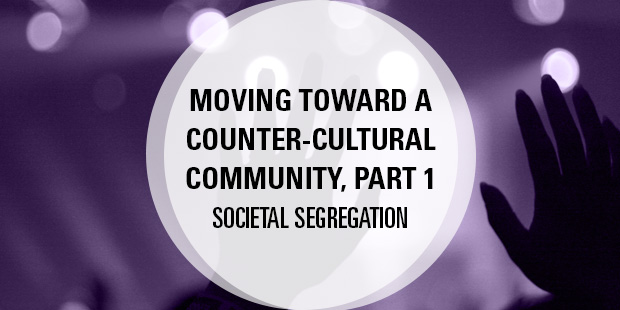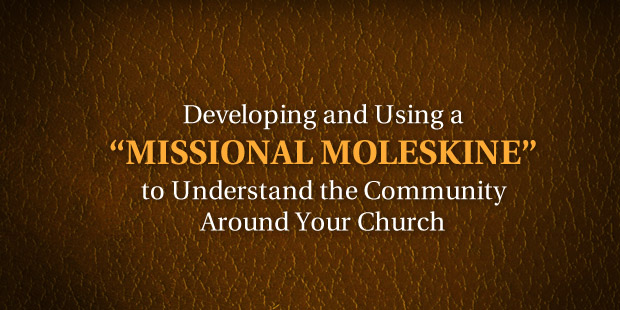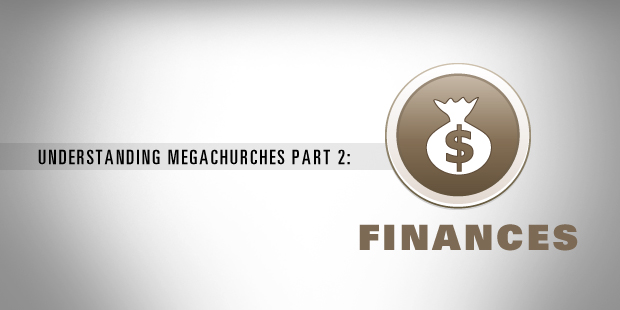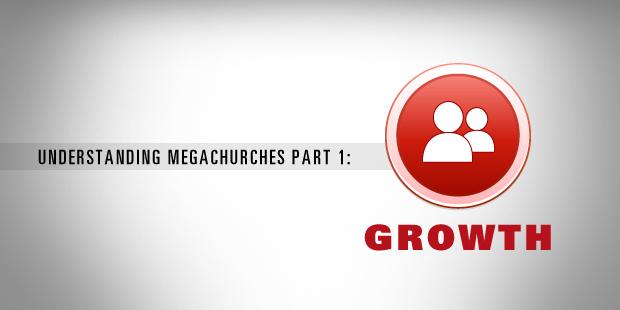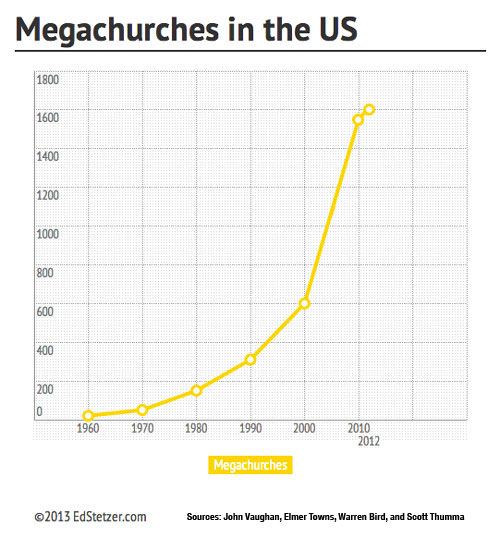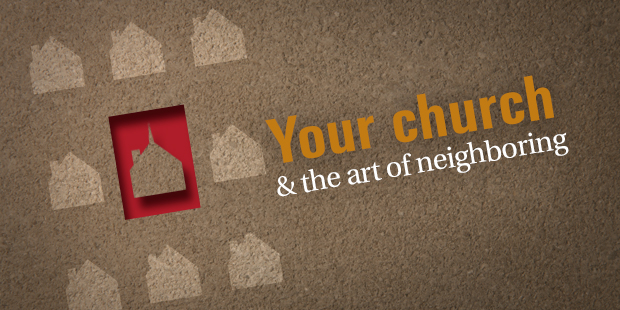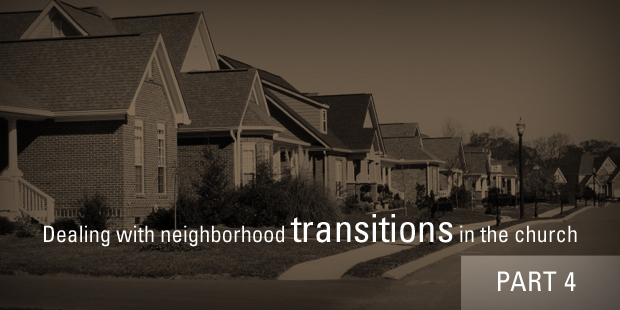I met Jay Pathak in some consultation work I’ve done with the Vineyard. I was immediately struck by his passion for the community and the mission.
So, when he published The Art of Neighboring, I was excited to endorse it. The book is getting strong reviews on the web, and I wanted you to hear more about it through this interview. There are also some related free resources at their website for the book.
I recently asked Jay and his coauthor Dave a few questions about the book.
You discuss how your assistant city manager talked about how Christians and non-Christians neighbored in the community. What did she say and how did you guys respond?
We invited our assistant city manager to speak with us as a group of pastors, and one of the things she said stopped us in our tracks:
“From the cities perspective there’s not a notciable difference in how Christians and non-Christians relate to their actual neighbors.”
We had been looking for an initiative to take on as pastors, and that’s when we knew we had it. We needed to take the Great Commandment seriously and literally. Starting with our actual geographic neighbors, and then we needed to encourage the people in our churches to do the same.
What if Jesus was asking us to love our actual neighbors?
When Jesus says that all the law and the prophets are summed up in this:
Love the Lord your God with all your heart, mind, and soul. And love your neighbor as yourself.
It’s easy to be busy doing ministry, but not engaging your literal neighbors. By the time you come home you can be too tired to even notice your neighbors, let alone love and serve them. But that’s when it hit us: Jesus is a genius. He gave us a strategy that could touch every household in our city, the only problem is that hardly any Christians are actually trying it.
What’s the main reason Christians fail to take the Great Commandment seriously?
We have turned the Great Commandment into a metaphor. We try to take Jesus seriously when he tells us that anyone in need is our neighbor, that even our enemy is our neighbor. We make bumper stickers, t-shirts and posters about loving our neighbor, but don’t even know those that live 30 feet away from our house.
When everyone is our neighbor, no one is our neighbor. We love a metaphoric neighbor with metaphoric love and the metaphoric gospel changes our city… metaphorically of course.
We need to start somewhere, and why not just start with our actual geographic neighbors?
Explain to the readers what the “Chart of Shame” is.
We prefer to call it a “Block Map” (download the map here) This has been a tool we’ve used with many people to help them identify where they stand right now with their neighbors.
We ask people to write out the names of those that live in the closest proximity to them. Most struggle to do this.
We aren’t theologians or poets, so we probably aren’t qualified to talk about love… but we’re pretty sure that loving someone might begin with knowing their name. Or at least making an attempt to know their name.
This is a starting point for being a good neighbor, knowing and retaining the names of your neighbors.
Every homeowner/buyer wants a big backyard. Why might that be counterintuitive for being a good neighbor?
Many of us use our backyards as our primary outdoor space. We have six foot security fences and only venture into our front yards in order to get to and from our cars. Houses used to have front porches so that you could see everyone walking by. In most neighborhoods we moved our interactions to the backyard and as a result we have less interaction with our neighbors.
If we want to be a great neighbor we can start by moving to the front yard so we can be visible to those that surround us. This is a small step we can take to begin to get to know our neighbors.
What are some of the obstacles to overcome when moving from stranger to an acquaintance to a relationship?
One obstacle is learning and retaining the names of our neighbors. It makes a big difference if you can say “Hey Joe” instead of “Hey Bro.” Instead of our neighbors being invisible, we actually begin to see them as real people with real names.
In what way are my motives in neighboring important?
No one wants to be a project. Too often Christians are nice to people in order to get someone to believe what they do. Many of us have been trained to serve others in order to get an opportunity to give a tract, or share our faith. This often comes off as fake, salesy and cheap. Many people around us are wary of the “bait and switch” tactics of evangelical Christians. Not only are they wary, but many believers themselves are tired of feeling guilty and pressured about sharing their faith.
To truly love people we need to stop believing we’re to only be kind to people in order to share our faith. We’re called to be kind to people because we are converted, not in order to convert them.
This doesn’t mean that we shouldn’t share our faith, or that we should be nervous to do so. When it comes to neighboring, you will find yourself in a number of deep conversations and if you love Jesus it would only be natural to talk about Him.
We’re still naïve enough to believe that people will share what they love. If you truly love Jesus and you seek to love your neighbors, you will end up talking about Jesus. If you don’t talk about Jesus, you might want to ask yourself why that is the case. Either you don’t have a relationship with Jesus that naturally flows out into your life, or you don’t love those around you enough to share the deepest parts of your life.
Let’s be clear: The Art of Neighboring isn’t an evangelism strategy. However, when Christians do this people begin to follow Jesus all around them.
What’s the importance of setting boundaries as neighbors?
When you start to love your neighbors, it will be messy. Most of the time we choose those that we want to love, and we choose people that are like us and won’t be too much of a strain on our lives. When we begin to love and serve our neighbors we eventually come across someone who is in real need. Usually they haven’t had someone who truly loves them and they are unsure of how to react to the relationship.
Their needs can begin to overwhelm our capacity. And we need to have a clear sense of the difference between being responsible for others and responsible to others. (We are borrowing this language from the great book Boundaries by Cloud and Townsend.)

Tags: Ed Stetzer, Kingdom Concept, Local Predicament
|
What is MyVisionRoom? > | Back to Vision >





















